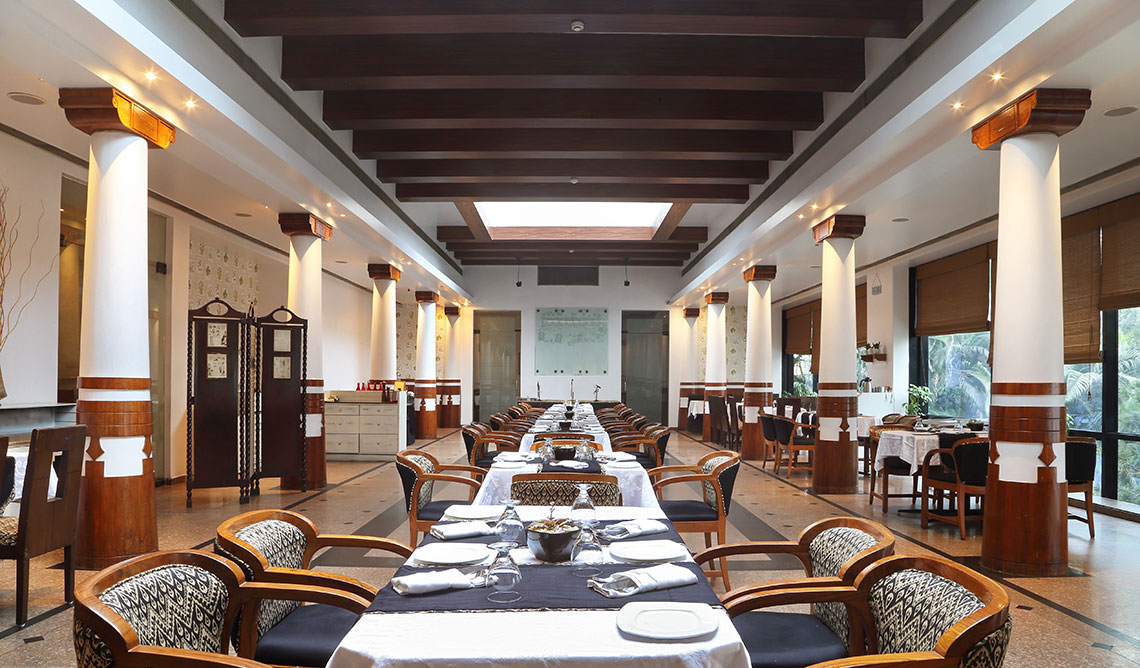Bihar
WELCOME TO Bihar
State Overview
Patna
94,163 km2
124 million
Hindi

Popular
Geography and Tourist Attractions
Information about the state's tourist attractions, including popular destinations, events, and activities.

Ganges River

Rajgir and Nalanda

Bodh Gaya
Political
Economy and Government
Bihar, one of the largest states in India, has made significant strides in its economy and governance in recent years. Historically considered an economically backward region, Bihar has witnessed notable improvements under various government initiatives.
The state's economy relies predominantly on agriculture, with a significant portion of the population engaged in farming. Key agricultural products include rice, wheat, pulses, and fruits. The government has implemented schemes to enhance agricultural productivity, such as providing subsidies, improving irrigation facilities, and promoting organic farming practices.
In addition to agriculture, Bihar has been focusing on sectors such as manufacturing, tourism, and information technology to diversify its economy. The state offers attractive incentives and infrastructure for industries, leading to increased investment and job creation.
The government has also prioritized infrastructure development, including road connectivity, power supply, and educational institutions. Efforts have been made to improve healthcare facilities and the overall quality of life for citizens. Additionally, the state government has been proactive in implementing social welfare programs aimed at poverty alleviation, women empowerment, and education.
However, Bihar continues to face challenges such as inadequate infrastructure in rural areas, unemployment, and regional disparities. Efforts are underway to address these issues and promote inclusive growth across the state.
Overall, the government's focus on economic development, infrastructure, and social welfare has contributed to the gradual transformation of Bihar's economy and governance, paving the way for a brighter future for the state and its residents.

History
History and Culture
Bihar, with its rich history and vibrant culture, holds a significant place in the Indian subcontinent. The region has witnessed the rise and fall of several ancient empires, leaving behind a treasure trove of historical sites and artifacts.
Bihar was home to the powerful Magadha Empire, which played a crucial role in shaping Indian history. The ancient cities of Rajgir, Vaishali, and Patliputra (modern-day Patna) were prominent political and cultural centers during that time. Nalanda, an ancient seat of learning, attracted scholars from across the world.
Bihar is also deeply rooted in religious and spiritual traditions. Bodh Gaya, where Gautama Buddha attained enlightenment, is a sacred pilgrimage site for Buddhists. The state is also associated with the teachings of Mahavira, the founder of Jainism, and Guru Gobind Singh, the tenth Sikh Guru.
The cultural fabric of Bihar is diverse, with a fusion of Hindu, Buddhist, and Islamic influences. Folk traditions, music, and dance forms like Bhojpuri, Jat-Jatin, and Sohar reflect the cultural heritage of the region. Festivals such as Chhath Puja, observed to pay homage to the Sun god, and Sonepur Mela, the largest cattle fair in Asia, showcase the vibrancy and fervor of Bihari traditions.
Bihar's history and culture continue to inspire and shape its identity, making it a fascinating destination for those seeking to explore the depth and diversity of India's heritage.
HOTELS

Hotel Maurya, Patna

Hotel Bodhgaya Gautam

Hotel Chanakya, Patna
RESTAURANTS

Pind Balluchi, Patna

Gharana, Bodh Gaya

